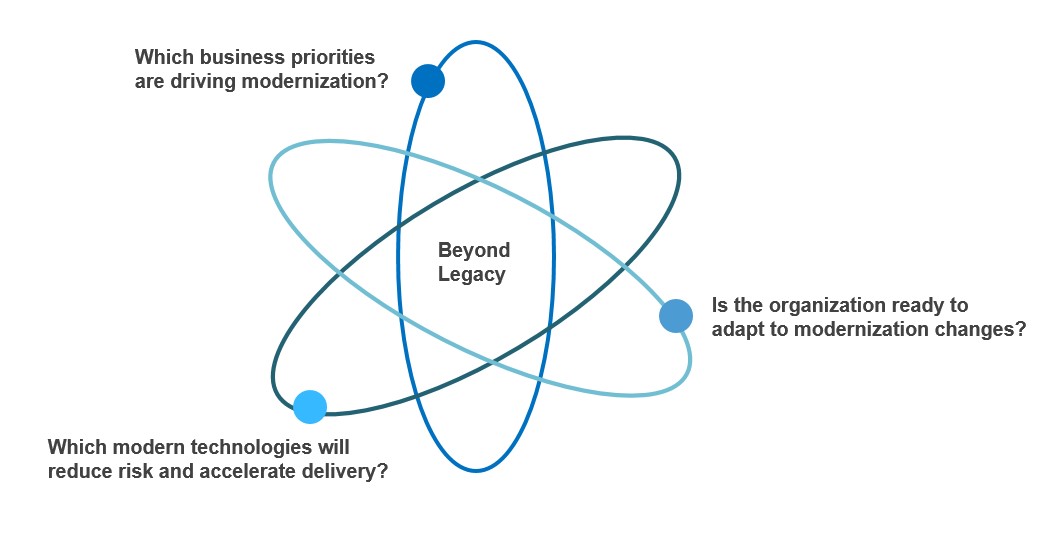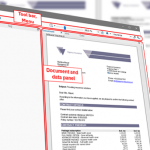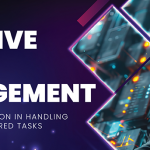The Legacy Systems Challenge
Many businesses are considering migration, consolidation or re-platforming to modern operating systems, containers or to the Cloud. During the Open House 2023 Management Circle we discussed with our guests their experiences with legacy migration projects in their companies.
What are the drivers?
Often migrations are carried out because there is no other choice. Software vendors have gone bankrupt or have been bought out, their software has been discontinued or they decided to support only SaaS, which might not be the first choice for customers when it comes to security of their data. In consequence, migration is a high-priority task in order to secure the day-to-day business of the company.
For many firms, moving away from legacy is all about reducing costs, complexity and risk. For mainframe owners, there is additionally the skills issue — the unanswered question of where the skills and talent will come from to replace the “baby boomer” generation that has looked after the legacy systems for decades. This problem keeps many awake at night.
Legacy modernization should further help to improve security by updating systems to the latest security standards and follow best practices. And last but not least, it’s about user experience and working with systems that are no longer state of the art.
Many want to take advantage of environments that include scalability, reliability, disaster recovery and automatic backup, security, lower costs, improved monitoring and analytics, and improved IT resource management such as Cloud. See more about deployment options here.
What are the challenges?
Such re-platforming projects require the buy-in of all parties involved. When application knowledge is lacking, a company sometimes has to resort to reengineering and process discovery by analyzing and tracking processes and extracting knowledge from event logs. Or else external expertise is used, which can be associated with high costs.
In case of document migrations, we see both migrations performed as quick 1:1 replacement of assets to solve the burning problem as well as migrations that are used as an opportunity to do things better – involve the business, introduce high levels of reusability and make documents available for new digital channels. Learn more about document migrations here.
Many companies actually consider modernization even if their current application landscape is still adequately fit-for-purpose. These migration and consolidation projects aim to meet fit-for-future requirements and respond to the trend towards digital processes, greater interaction with clients, a faster pace of change and the ever-broadening range of communication channels.
Whatever the case may be, everyone agrees that “doing nothing” is not an option. No one wants old structures to affect their current and future business, but focus instead on new ways to deliver maximum value to their clients.
Where to start?
But how to break away from all-consuming work on urgent and pressing matters, and start modernizing to avoid ongoing integrations and ‘rip and replace’ projects in the future? And where to find the necessary resources for such a project?
We reached out to experts from leading analyst firms like Gartner and Forrester, who confirmed what we already were aware of. The question is not business or IT – for the best results, application leaders responsible for driving the organization’s modernization strategy must engage with business stakeholders to build a strategy driven by business outcomes.

There is a lot of work that can be democratized. When equipped with right tools, non-technical users can handle a lot of the work required for transformation to help their organizations drive growth.
Contact us to discuss your specific situation, and see more about democratization of work and driving collaboration across business and IT teams in our next blog!
Senior Manager Brand Marketing
Vienna, Austria






